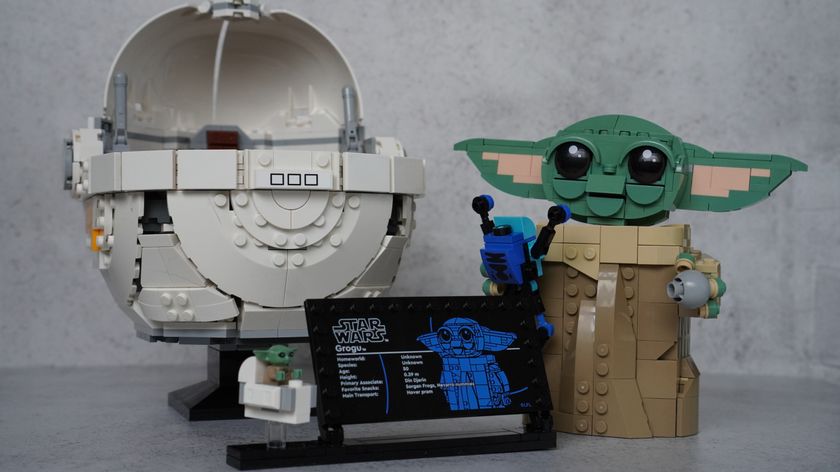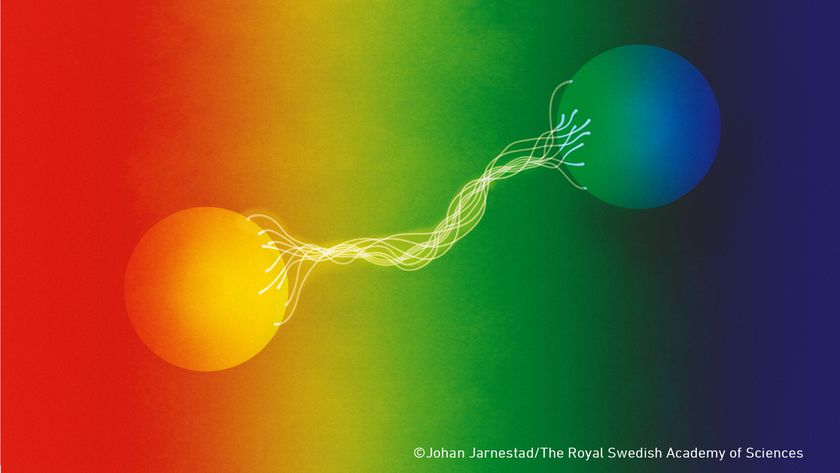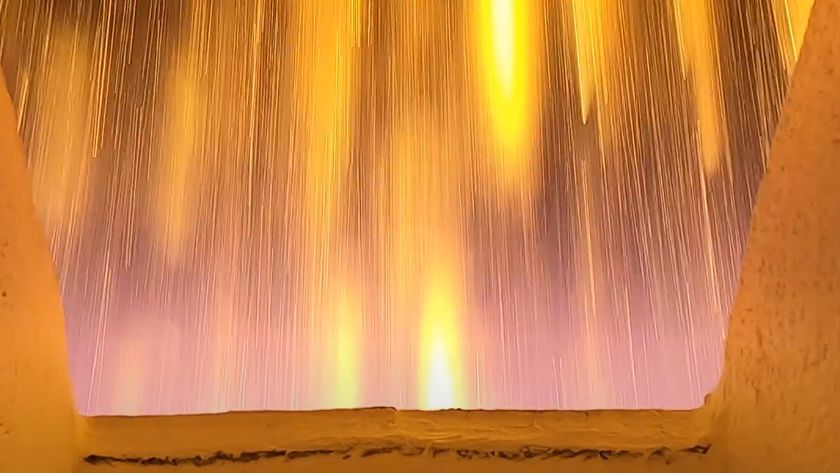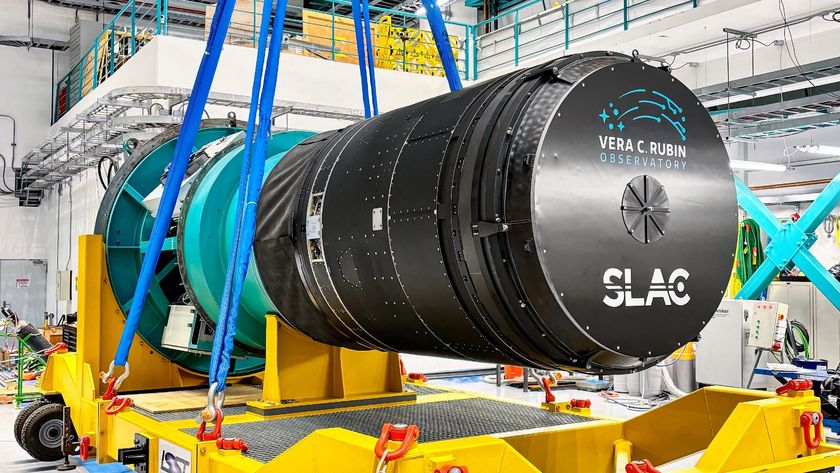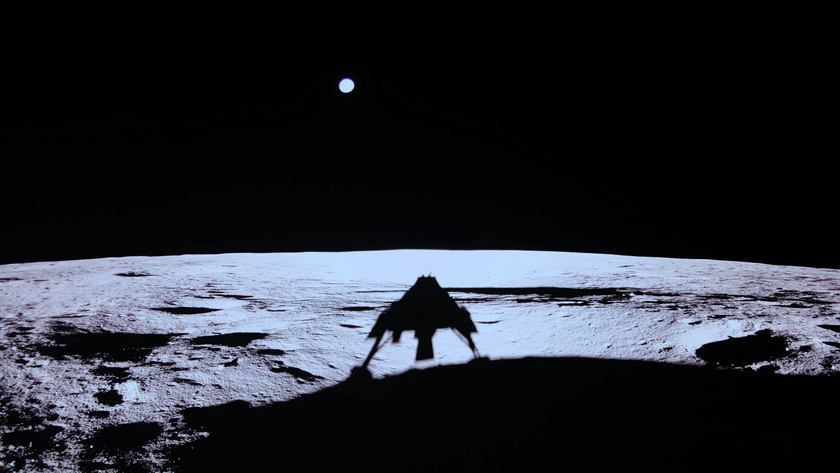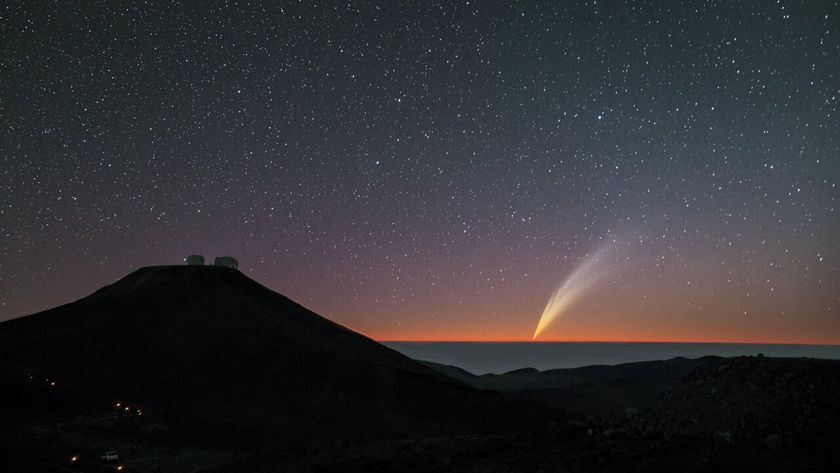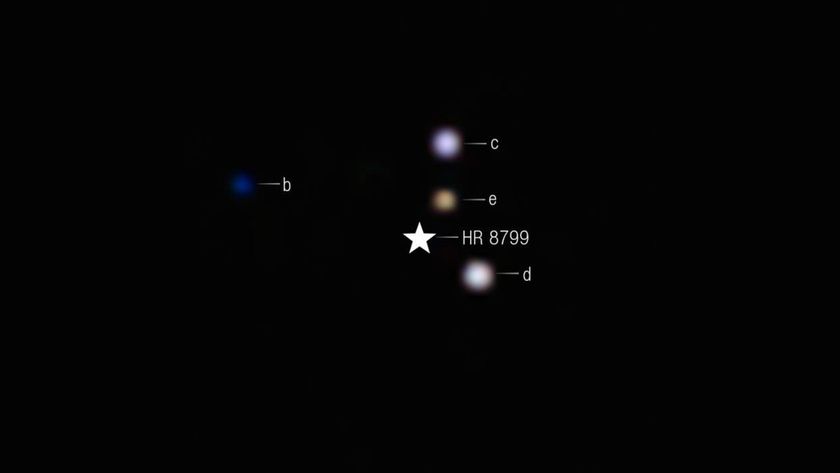
Spacecraft Powered by 'Green' Propellant to Launch in 2017
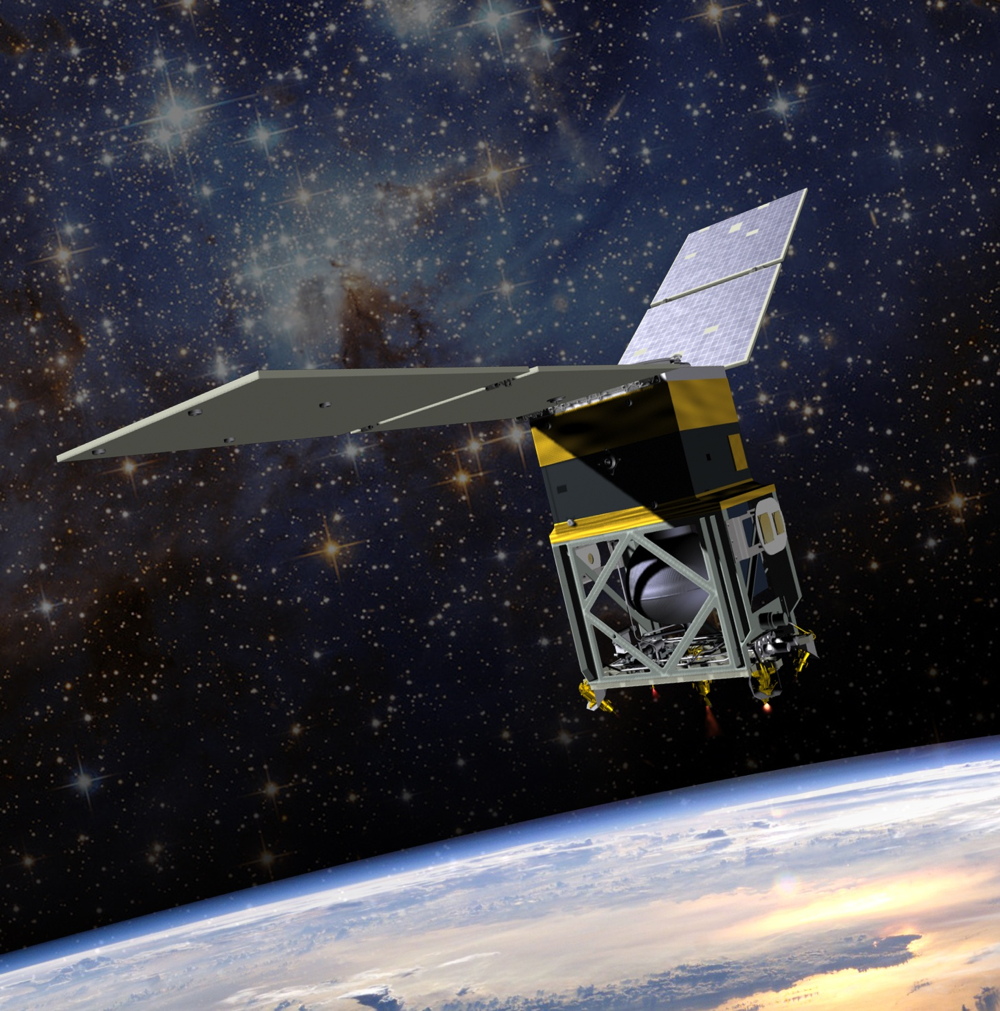
BOULDER, Colo. — A spacecraft that will test the unique attributes of a high-performance, nontoxic, "green" fuel on orbit is being prepped for launch in 2017.
NASA's Green Propellant Infusion Mission (GPIM) is set to blast off from Florida's Cape Canaveral Air Force Station next year aboard SpaceX's Falcon Heavy rocket. The launch is part of the Air Force's Space Test Program 2 (STP-2) mission.
GPIM is the nation's first mission to exhibit, in a relevant space environment, an alternative to the highly toxic and corrosive hydrazine fuel commonly used by spacecraft today. [NASA's Quest for Green Rocket Fuel (Video)]
The U.S. Air Force Research Laboratory (AFRL) at Edwards Air Force Base in California developed the new propellant, which is a hydroxyl ammonium nitrate fuel/oxidizer mix called AF-M315E. This fuel is 45 percent denser than hydrazine, meaning more of it can be stored in containers of the same volume. The propellant also offers nearly 50 percent higher performance for a given propellant tank volume compared to a conventional hydrazine system, the researchers said.
GPIM is a technology demonstration mission made possible by NASA's Space Technology Mission Directorate, and it draws upon a government-industry team of specialists.
On-orbit maneuvers
"The spacecraft is finished and in storage," said Chris McLean, principal investigator for GPIM at Ball Aerospace & Technologies Corp. of Boulder, Colorado, which is the prime contractor for GPIM and is leading the demonstration of the alternative fuel for future space vehicles.
"We're now writing the flight manuals and flight procedures … all the detailed documentation that is required to fly the spacecraft," he added.
Get the Space.com Newsletter
Breaking space news, the latest updates on rocket launches, skywatching events and more!
McLean said that, as of right now, GPIM is headed for a March 2017 liftoff.
"During the 13-month test period in orbit, we'll be running basically four series of experiments with the propulsion," he told Space.com.
GPIM's on-orbit test of the "green" fuel — whose actual hue is closer to peach — will make use of a set of thrusters that fire in different scenarios to test engine performance and reliability. Planned on-orbit maneuvers also include attitude control demonstrations, spacecraft pointing and hold, inclination change and orbit lowering.
Ideally, the new technology will enable longer spacecraft mission durations, added maneuverability and more payload space, and will cut the time needed for the launch processing of future spacecraft, NASA officials have said. [Satellite Quiz: How Well Do You Know What's Orbiting Earth?]

Hotter than hydrazine
The green propellant propulsion subsystem was built by Aerojet Rocketdyne in Redmond, Washington. GPIM's propulsion hardware uses a catalyst technology pioneered by Aerojet Rocketdyne that breaks down the green fuel, generating gaseous products that come out the engine nozzle to provide thrust.
"That breakthrough in catalyst technology enabled these thrusters to be developed," McLean said.
The American-made green propellant burns hotter than hydrazine, so different metals than those traditionally used were incorporated into GPIM's thrusters to withstand the high temperatures.
McLean said the green propulsion system will fly aboard the tried-and-true Ball Configurable Platform 100 spacecraft bus — a cost-saving approach.
Dry runs
Before GPIM takes to space next year, a number of milestones are on the calendar.
McLean said work is underway to prepare for GPIM's arrival at NASA's Kennedy Space Center, which is next door to Cape Canaveral, and over to SpaceX's launch facilities. Dry runs of green-propellant loading are in order, he said.
"This is the first new fuel there since the 1970s," McLean said. So there are efforts underway to get everyone involved more familiar with the fuel, handling requirements and other procedures, he added.
In addition, McLean said that propellant-loading tests are on tap in about a month at the AFRL in California. "We're going to run a mock loading of the fuel with an actual propellant tank," to make sure no issues crop up in fueling GPIM in Florida, he said,
The processes that are developed with GPIM in Florida will work at Vandenberg Air Force Base in California, Wallops Island in Virginia and other launch sites, McLean added.
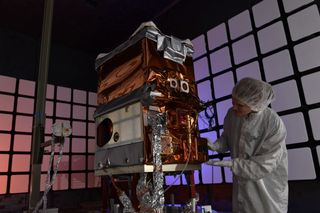
Cross-country team
Steve Jurczyk, associate administrator of NASA's Space Technology Mission Directorate, said that developing and using green propellant technology not only increases protection for launch personnel and the environment but also offers the potential to reduce space mission price tags. If GPIM achieves its goals, the mission can spearhead widespread use of the fuel on future NASA and commercial missions, he said.
GPIM team co-investigators are based at multiple NASA research centers and the AFRL, with additional mission support from the U.S. Air Force Space and Missile Systems Center at Kirtland Air Force Base in New Mexico. The GPIM effort is managed by NASA's Marshall Space Flight Center in Huntsville, Alabama.
McLean said that NASA, the Air Force and industry participants formed an impressive and very successfully integrated team. The GPIM mission, he added, will showcase the benefits of green propellant and help to improve spacecraft missions in Earth orbit and beyond.
Leonard David is author of "Mars: Our Future on the Red Planet," to be published by National Geographic this October. The book is a companion to the National Geographic Channel six-part series coming in November. A longtime writer for Space.com, David has been reporting on the space industry for more than five decades.Follow us @Spacedotcom, Facebook or Google+. Originally published on Space.com.
Join our Space Forums to keep talking space on the latest missions, night sky and more! And if you have a news tip, correction or comment, let us know at: community@space.com.

Leonard David is an award-winning space journalist who has been reporting on space activities for more than 50 years. Currently writing as Space.com's Space Insider Columnist among his other projects, Leonard has authored numerous books on space exploration, Mars missions and more, with his latest being "Moon Rush: The New Space Race" published in 2019 by National Geographic. He also wrote "Mars: Our Future on the Red Planet" released in 2016 by National Geographic. Leonard has served as a correspondent for SpaceNews, Scientific American and Aerospace America for the AIAA. He has received many awards, including the first Ordway Award for Sustained Excellence in Spaceflight History in 2015 at the AAS Wernher von Braun Memorial Symposium. You can find out Leonard's latest project at his website and on Twitter.
